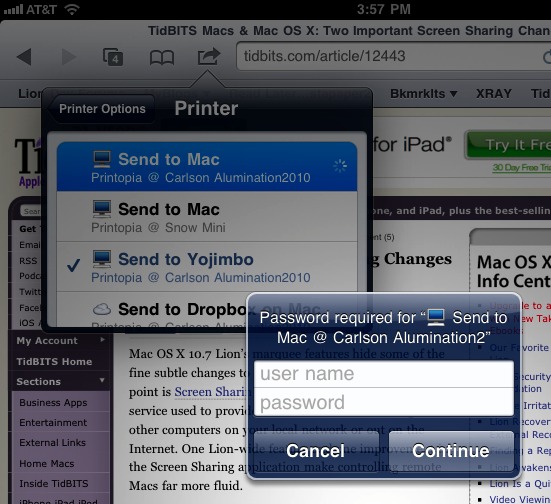

Incidentally, deleting AppDelete's plist file doesn't reset the trial. In principle you might sleuth this out using lsof to see which files are touched while AppDelete starts up. In other words, a file which looks "official" and won't interfere with system functionality, but only AppDelete knows the name and location. It might be stored in something tricky like ~/Library/Application Support/AddressBook/Metadata/C433D242-DB05-4894-A387-EC5B1B62A540/ABPerson In which case you may never find the file where this data is stored. That being said, the forever war of scummy users vs scummy developers results in this data being written into odd places with unpredictable names. This will permanently delete it from your System Preferences Menu.Well behaved apps which trust their potential customers will store this information in a plist in ~/Library/Preferences.ĪppDelete, for example, might store this info in the file: Then you can delete the unwanted items by dragging it into your Trash icon. Any third-party software you have added with System Preference Menu options appears here. It should be /Library and not /Users//library.Ĭlick on the Preference Panes folder (not Preferences). You can make sure you are in the right library by checking the location of the library. You can find this by searching for it or if you have your hard drive icon installed or easily accessible, double-clicking on it and finding the Library. There’s also another way to do this, by going into your computer’s library (not your personal user library). When you have clicked on this, you will permanently remove the item from the System Preferences menu. If you are using your laptop, click on the Control button while hold down the touchpad on the item to be removed.Ĭlick on the option that appears next, “Remove Preference Pane.” For this example, we are looking at removing the Flash Player by Adobe. Right click on the item you want to remove using a mouse. You can also access it by clicking on the Apple icon on the upper left of your top toolbar menu and selecting System Preferences from the drop-down menu. You may have it in your Dock already (appears by default). Start with opening the System Preferences menu.

You can remove any of these items from System Preferences at any time. It can also contain third-party icons from third-party software or hardware. The menu has built-in items to adjust your computer’s operating system from its appearance to energy settings, network connectivity and more. System Preferences (gear icon) on your Mac offers easy ways to customize menu options to access important settings on your computer.


 0 kommentar(er)
0 kommentar(er)
